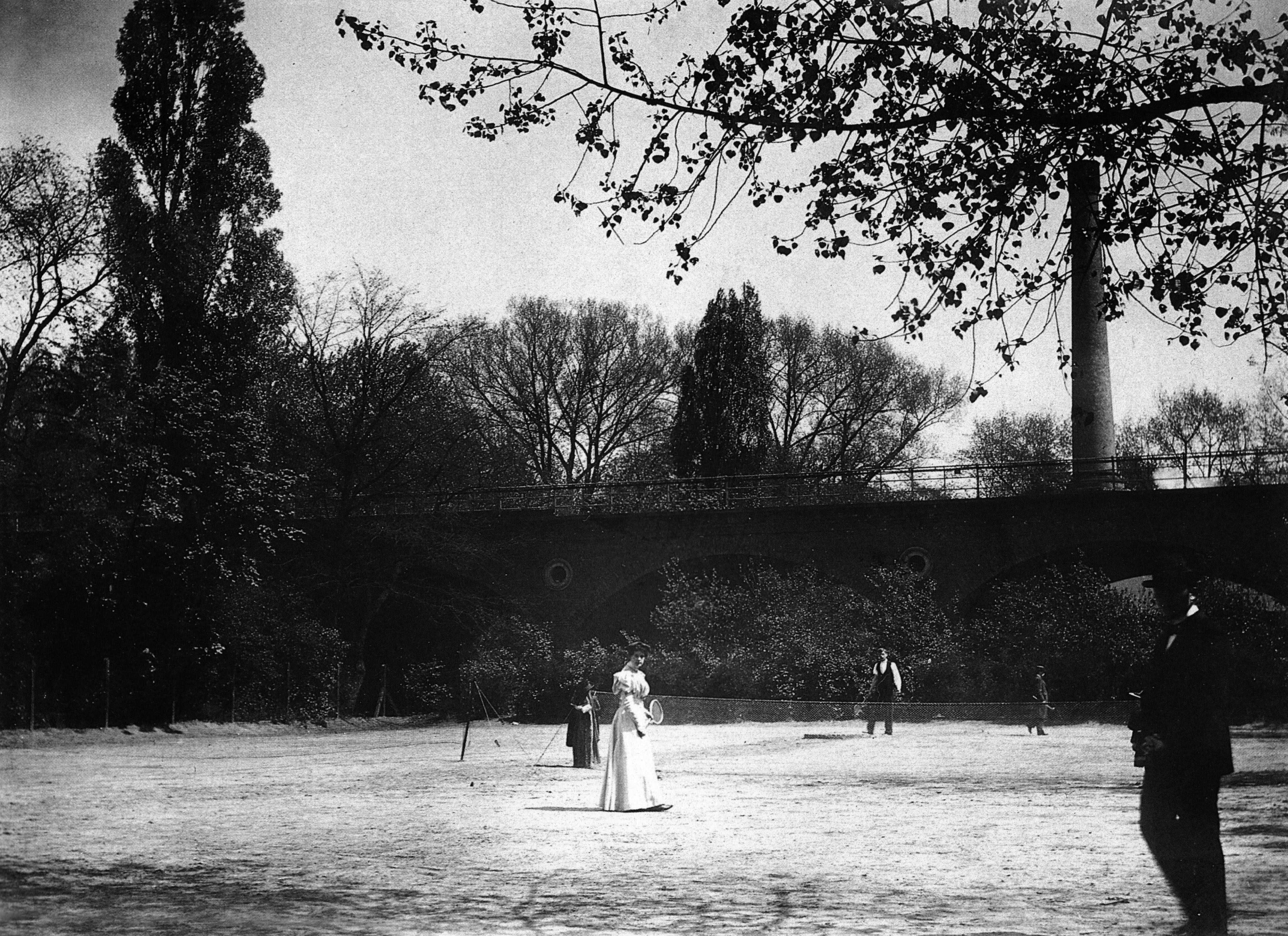Now, I know that the information posted on wikipedia is not always accurate so I did some other research to validate what I found. I don't know if the origin of tennis scoring is common knowledge, but I found it to be quite interesting and it really does make a lot of sense. I wasn't really concerned with the six games to a set because that would be like questioning why baseball has nine innings. Hmm...why does baseball have nine innings? Nah, I'll leave that for another post. It intrigued me because I could not think of another game where the scoring seemed so arbitrary.
The origins of the 15, 30, and 40 scores are widely believed to be medieval French. Most articles I read stated that a clock face was used on court, with a quarter move of the hand to indicate a score of 15, 30, and 45. When the hand moved to 60, the game was over. Aha! It makes perfect sense. Wait a minute! Where did the 40 come from? Why isn't it just 45? Well, it was soon realized that the game could then be won by luck, and the idea of "deuce" was introduced. "Deuce" comes from the French word "deux" meaning "two", as in two more points. In order to make the score still fit within the clock face, the 45 was changed to 40. Then, if both players had 40, the first player to score receives ten and that moves the clock to 50; if that player scored a second time before the opponent scored, he or she was awarded another ten and the clock moves to 60 and the game was over. However, if the player failed to score while on 50, the player's clock would move back to 40 and establish another "deuce". It makes perfect sense!
Now, the origin of the use of "love" for zero is shrouded in mystery. Some argue it derives from the "l'œuf", the French word for egg; since an egg looks like the number zero. Some claim "Love" is derives from "l'heure" or "the hour" in French. Another possibility of the origin, which I think is a stretch, comes from the Dutch "iets voor lof doen," which means to do something for nothing. The word 'lof' (nothing) has changed over time to 'love'. so many schools of though, it's sad that no one may ever know the one true origin.
So, now you know what happens when I have too much time for my mind to wander. But I feel better for now knowing the truth about tennis, at least the most accepted truth. I was surprised that the origin of tennis scoring isn't something absolute and undisputed. There are several different theories out there, but I decided to focus on the one that has been widely accepted as fact. So, next time you go out and play a game of tennis, maybe you'll picture a big clock in your head to help you remember the score. I know I will.


Love it! Great post! Where did you find this Victorian image!?
ReplyDeleteHuh? Man, you lost me at deuce and turning the clock back. No wonder I never liked tennis. I once went to a hockey game and was ready to leave after two halves were completed. Then someone said they had another third to go? Who makes up these rules anyway?
ReplyDeleteThanks Eva! I found the image at the Wikipedia Commons. It was a free image.
ReplyDeleteFlutterby, I know what you mean; some sporting rules are quite complex and complicated. I'm still trying to figure out all the nuances of football.